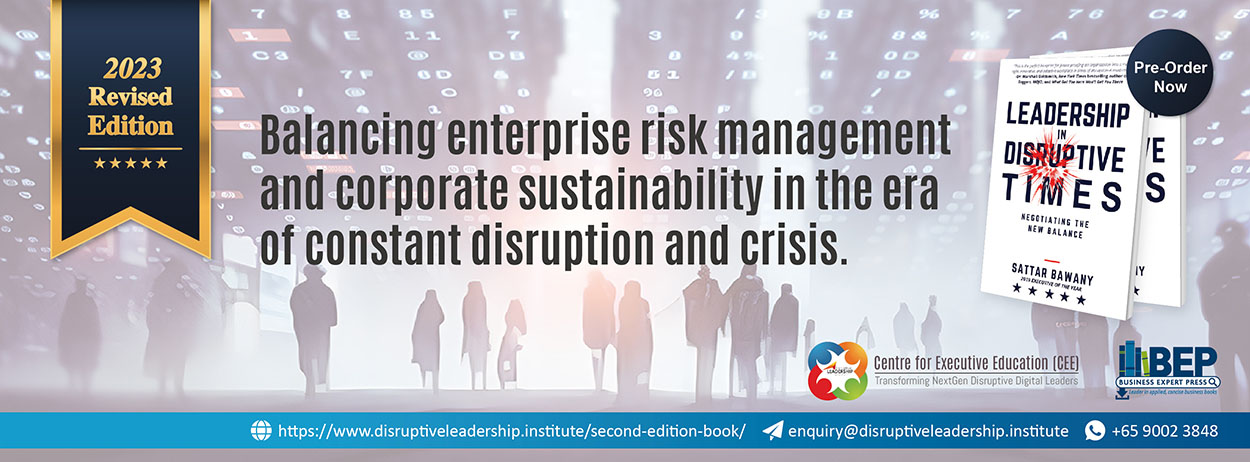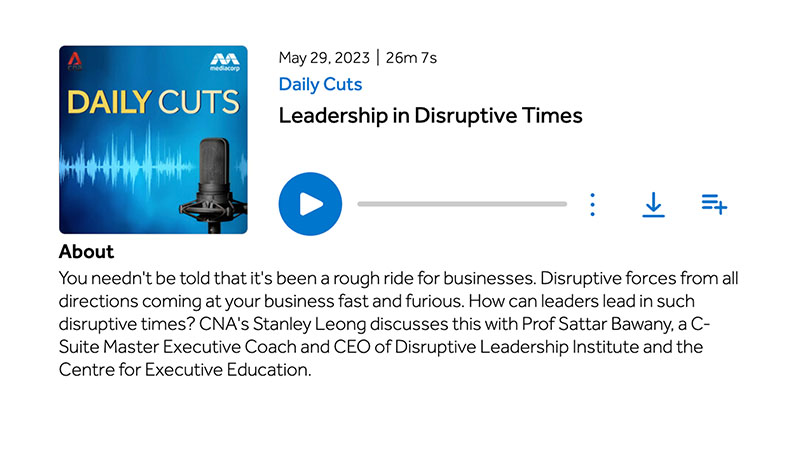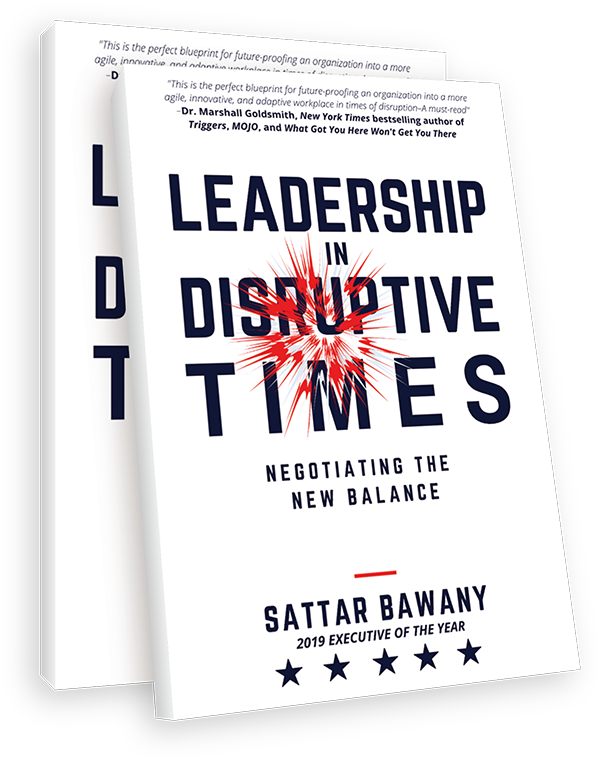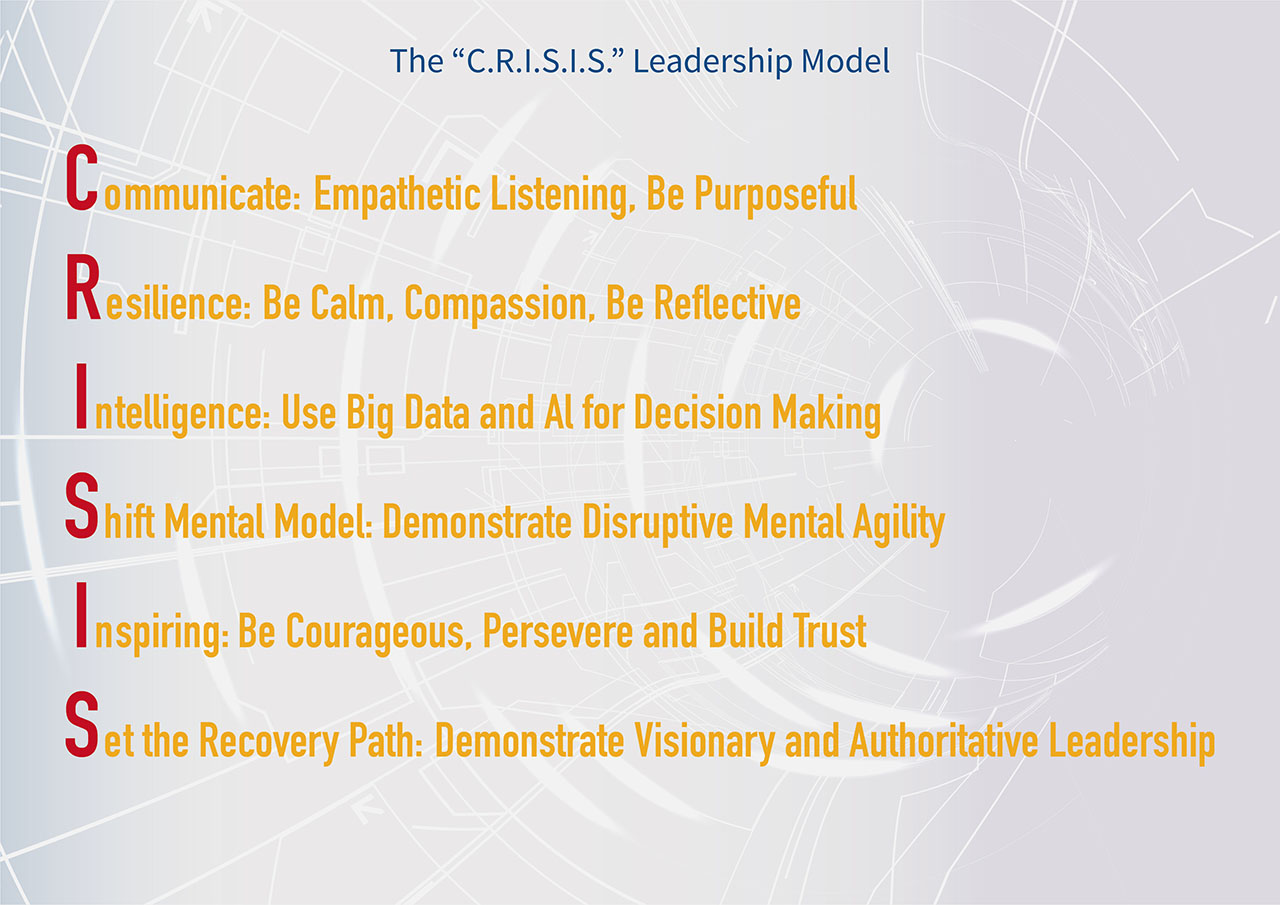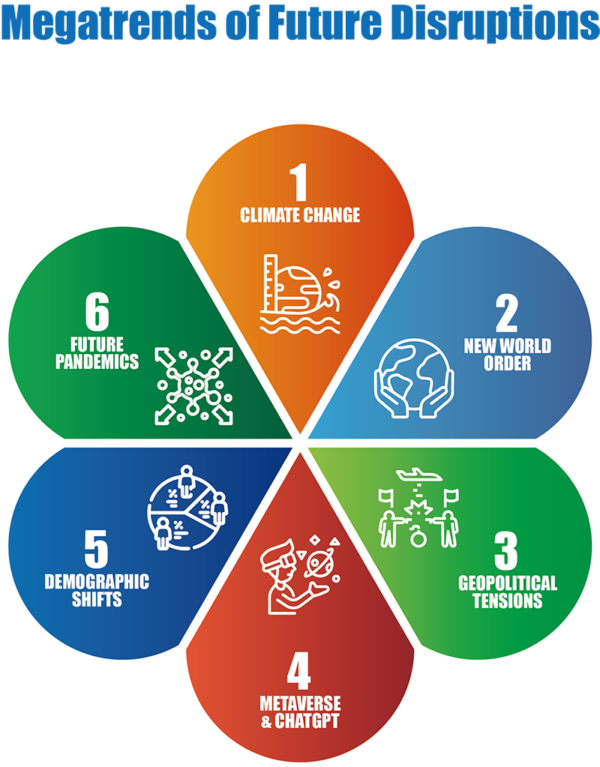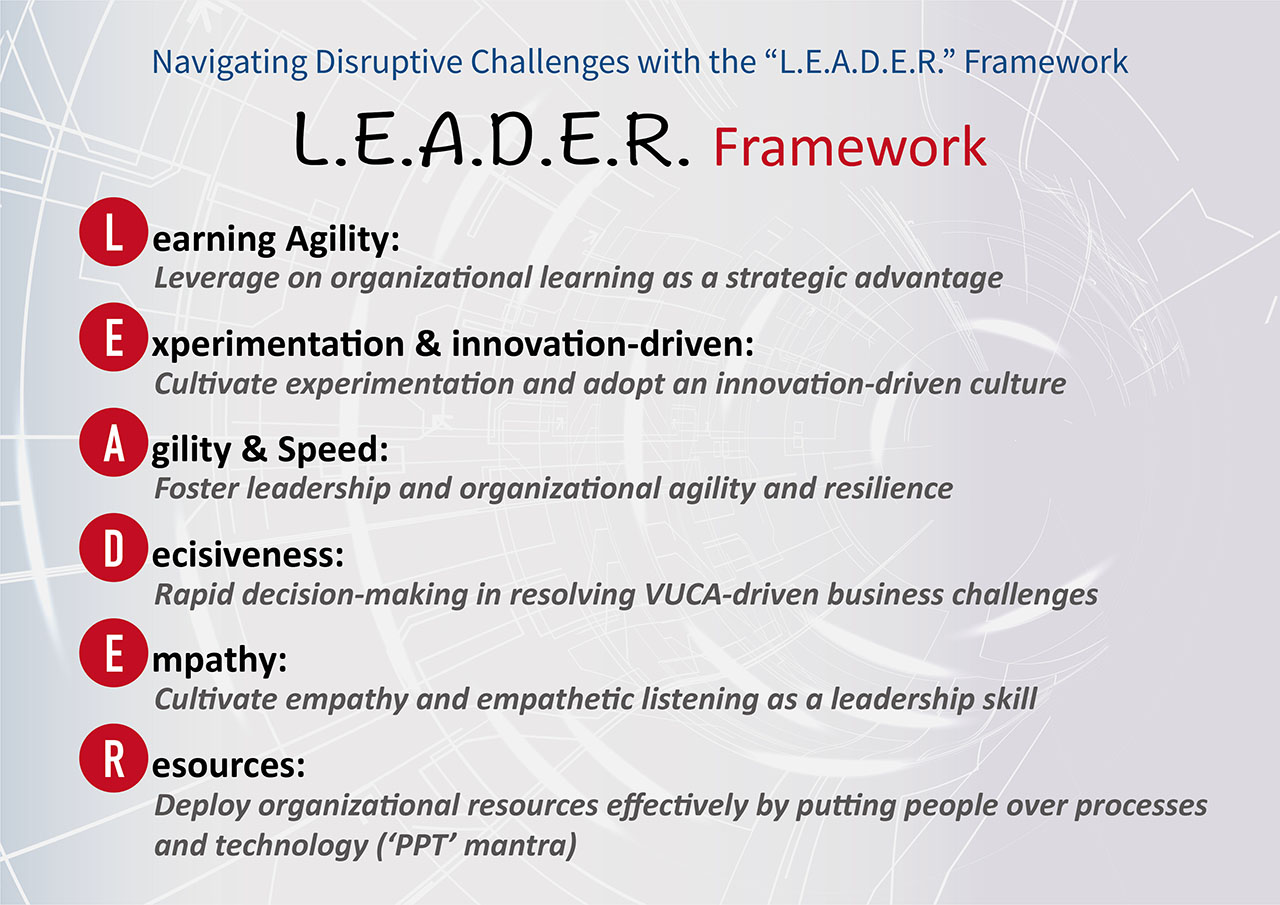L: Leverage organizational learning as a strategic advantage:
Organizational learning and management are at a transition point because of the shift in disruptive digital innovations. There is widespread recognition that investing in organizational learning drives change and innovation. Today’s organizations are operating in an environment characterized by high uncertainty, risk, and turbulence, for example, natural disasters, terrorist attacks, corporate scandals, and major product defects, to name a few. These unanticipated crisis events, small- or large-scale, naturally occurring or human-induced, have a far-reaching and significant impact on organizations and individuals within.
Avoiding or reducing such impact requires not only effective crisis management practice but also significant learning effort from everyone in the organization. Meanwhile, as the environment grows in complexity, it is more apparent that the rate at which organizations learn may become the determining factor in their ability to survive or adapt. Within such a context, constant and continuous learning has become a necessity rather than an option for organizational survival, adaptability, competitiveness, and long-term viability.
E: Embrace experimentation and an innovation-driven organizational culture for preparedness:
Change is imperative. Yet many organizations’ large-scale transformation initiatives meet with setbacks, delays, and even failure. Those that succeed are soon confronted with a painful truth: they are not leapfrogging. At best, transformation can put these organizations on par with their newer, more nimble competitors. As the pace of change continues to accelerate, organizations across various industries are seeking a way forward. Developing an innovative-driven organizational culture can help organizations to withstand disruption in the future, and it also offers important benefits today.
While all innovation requires creativity and action to deliver value, crisis-driven innovation demands creativity and action under pressure — and oftentimes constraint — in response to a disruptive event or trend. Understanding the psychology of crisis-driven innovation is an essential component of building a more resilient future and creating crisis-driven innovation principles. Successful organizations run through the crisis-driven innovation principles by applying the “think, do, apply” model, cycle testing different scenarios and ways of working as you explore new ideas and potential solutions. They keep learning and experimenting.
A: Foster organizational agility and speed:
Organizational agility requires a cadre of ‘disruptive digital leaders‘ that can anticipate business changes, stay flexible to adapt to shifts in the market and initiate change in their organizations. It’s the dynamic organizations that have a much better chance of surviving – and even thriving – in the shifting business environment. Embracing new ways of working and making decisions can help firms avoid becoming mired in the bureaucracy which can bring change to a screeching halt.
It seems obvious that when faced with a crisis, organizations should simply ramp up more speed and agility to seize an opportunity. But not all organizations do. Speed is not simply an attribute of an organizational activity tied to clock time. Rather, speed is a complex, performance-enhancing organizational capability that requires a holistic approach to its development and execution. Speed alone enables companies to operate quickly only in already established product domains. During a crisis, companies must also demonstrate agility, a capability that allows the organization to pivot to adjacent or entirely new product domains.
D: Decisiveness and rapid decision-making:
Agile organizations navigated the initial impact of a disruptive event and crisis better than most. One reason is that they delegate decision-making to frontline employees and to other critical roles where value and risk are concentrated. Yet, delegating does not mean leaving people on their own; rather, it is about coaching (not micromanaging) decision-makers to make successful decisions, providing guardrails, and empowering them to make final decisions.
Making decisions faster inevitably means mistakes will happen. However, organizations should adopt experimentation and give employees room to make those mistakes—as long as they don’t threaten the business. Our research unveiled that best-in-class organizations take steps to build risk mitigation into their decision processes. This lets them continue to move with speed: moving forward with implementation and quick test-and-learn cycles that allow for nimble adjustments and open doors to opportunities.
E: Empathy and empathetic listening:
Empathy affects our ability to adapt and achieve results. It is the capacity to understand what someone else is experiencing. Leaders who practice empathy consider what people in the organization are experiencing through their frame of reference. When leaders are being profoundly impacted personally and professionally, it’s important to check in with people regularly. Asking someone how they’re doing takes on a whole new meaning and dimension during a time of massive disruption.
When you take a moment to connect with someone, you create the right experience for employees. During times of crisis, empathy is of great importance as our research has shown that leading companies that pivot from marketing to helping and from fulfilling customer desires to meeting customer needs have achieved great results. These socially conscious organizations across sectors and geographies are finding ways to get involved and support their customers and communities. By consciously providing empathy and care during this crisis, companies can build a foundation of goodwill and long-lasting emotional connections with the communities they serve.
R: Resilience in Navigating Disruptive Change:
During times of disruption, embedding resilience at the heart of the organization is crucial for building a foundation for growth, innovation, and pursuing new opportunities. Both leaders and employees at large need to be empowered to take positive action during a crisis and organizations can achieve this by equipping them with the right skills and competencies. By rehearsing different risk-type scenarios, crisis management or response teams can develop the ability to operate effectively even under the most challenging disruptive conditions.
At the same time to successfully navigate extreme uncertainty, effective crisis structures, plans, and processes must be developed to help absorb and recover from the impact of unprecedented or extraordinary events. By managing the response, owning the data, and making better decisions, the organization can move through a crisis and emerge stronger. As a result, even in a worst-case scenario, you can navigate extreme disruption, protect your people, customers, and business, and build trust with your stakeholders, regulators, and wider society.


